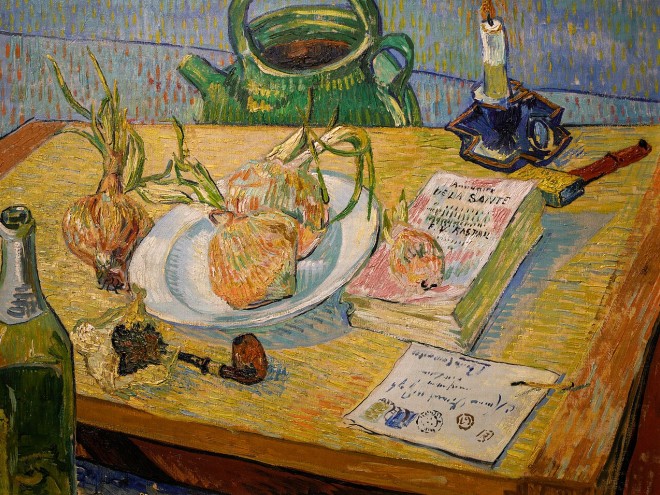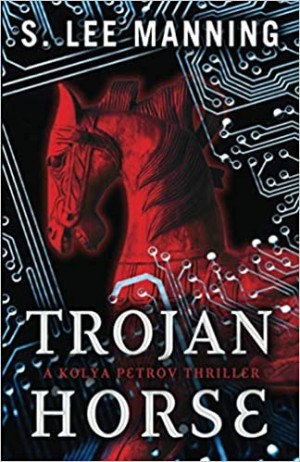A professional artist and prolific crime writer, Jonathan Santlofer boldly takes on the ongoing saga of art that was looted by the Nazis during the Holocaust. His novel also centers international art criminals and the mystery surrounding the 1890 death of Vincent Van Gogh in Auvers-sur-Oise, France.
Readers follow Luke, a young artist, and Alex, his art historian girlfriend, from New York City to a small village in France, where the troubled Van Gogh died by suicide — or was it murder? Santlofer weaves well-researched information into his circuitous plot. Did Van Gogh paint a final self-portrait that disappeared at his funeral? And how did this portrait — or a forgery of it — briefly turn up at an antique sale in present-day Upstate New York, and then vanish? The young couple wants to know, and so do we.
In an occasionally jarring, postmodern writing style, the short chapters jump from past to present and back again. There are many points of view to keep track of, given the size of the cast of secondary characters — among them, an INTERPOL agent, a private detective, and a James Bond – worthy art dealer. The relationship between Luke and Alex is secondary to their dangerous investigation.
This suspenseful story includes fascinating details about both Van Gogh’s life and the ongoing quest by governments to find missing art objects from World War II Europe and turn them over to the heirs of Jews who were forced by the Nazis to sell them. It also reveals the unethical behavior of some museums and gallery owners when they are confronted with the questionable ownership history of art acquired during and after the war. Lovely sketches created by the author are also included.
Nina Schneider, MFA, is a writer and retired English and Media Studies professor based in the Boston area.





